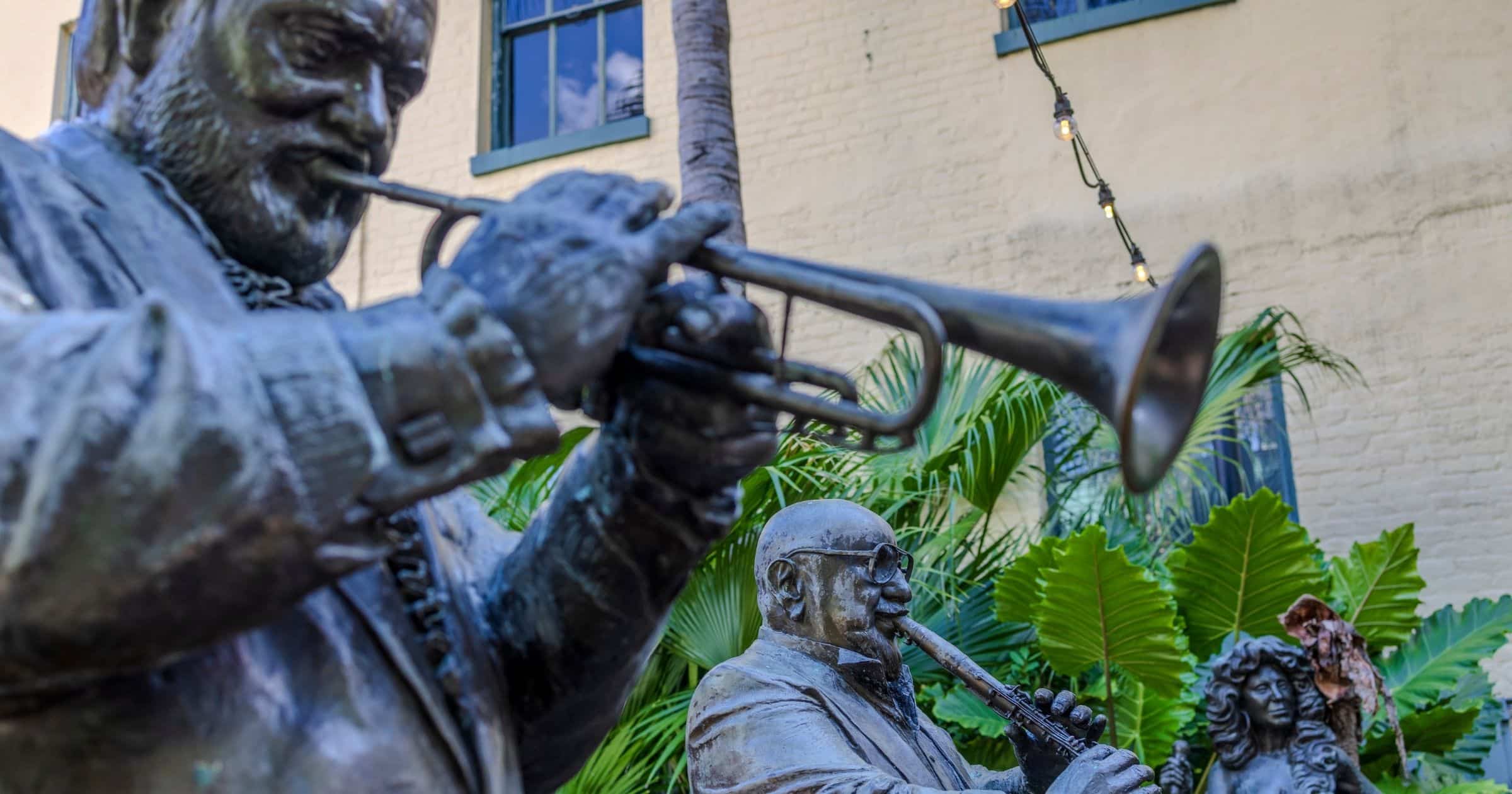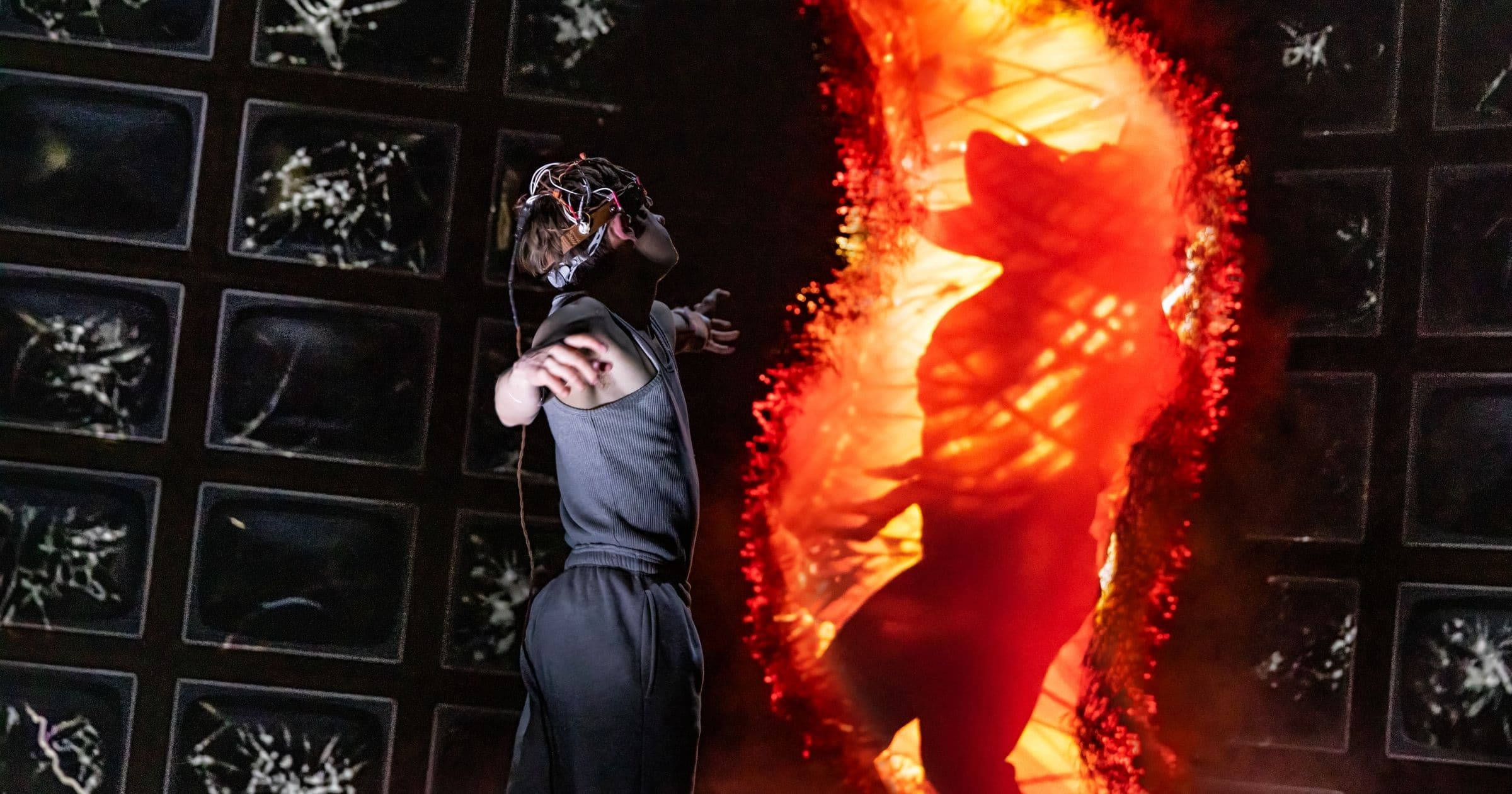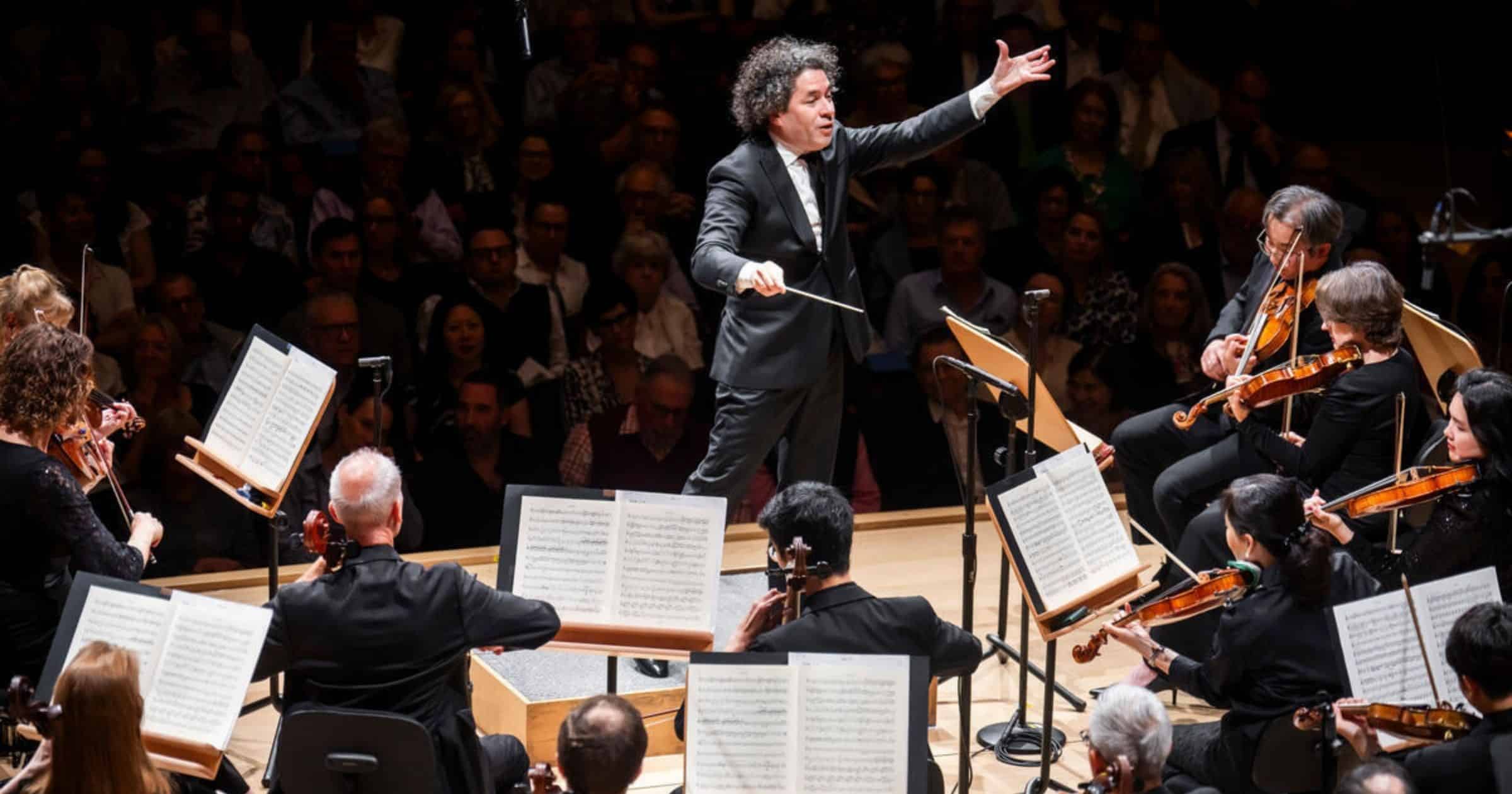On December, 17, 1892, The Nutcracker first premiered at the Mariinsky Theatre in St. Petersburg, Russia. At its premiere, the ballet was considered a failure by the public and critics. Tschaikovsky died less than a year later, not knowing what a huge international success it would later become.
Now, in 2022, the elaborate stage elements and intricate lighting in New York City Ballet’s production of George Balanchine’s The Nutcracker® unleash the viewers’ imagination by providing visual effects that are extraordinarily grand. The most famous example is the one-ton Christmas tree that grows from a height of 12 feet to 41 feet, evoking audible gasps of disbelief from the audience at each performance.
Other notable feats include the comic figure of Mother Ginger—85 pounds and nine feet wide, the costume requires handling by three people once it is lowered by pulley over the dancer’s head—as well as the continuous flutter of the purest, crystal-shaped snowflakes (which are swept up and conserved after each performance for reuse).
It’s a massive undertaking that involves a huge variety of talents, so let’s go over just a few more fun facts regarding George Balanchine’s The Nutcracker, running Nov. 25-Dec. 31 at the New York City Ballet:
- 57 people work backstage to coordinate the scenery, lighting, and costumes during each performance.
- 62 musicians play in the orchestra for each performance.
- 150 costumes appear onstage. The only costumes still in use from the original 1954 production are the Grandmother’s cape and the embroidered appliqués on the women’s costumes in the Tea dance.
- The music for the violin solo during the change of scenery in Act I is actually taken from Tschaikovsky’s score for the ballet The Sleeping Beauty.
- The Sugarplum Fairy’s tutu is made of 7 layers of tulle.
- Between 600 and 700 lighting instruments are used in the stage lighting for the production.
- The bodices of the dresses worn by the women in the Hot Chocolate dance are decorated with small cameo pictures of New York City Ballet founders Lincoln Kirstein (on the soloists) and George Balanchine (on the corps de ballet dancers).
- There are 144 jingle bells on each of the Candy Cane costumes.
- Mother Ginger’s skirt is supported by a 40-pound metal frame.
- Most of the scenery in the production is actually painted fabric.
- The special instrument played for the Sugarplum Fairy’s solo is a celesta. Tschaikovsky used the newly-invented celesta to make the music for the Sugarplum Fairy sound like the “sprays of a fountain,” as the choreographer Marius Petipa requested.
While these technical achievements are wonderful fun, it is Balanchine’s choreography that sustains the ballet through two acts. Act I introduces the characters—the Stahlbaum children, Marie and Fritz, Herr Drosselmeier and his Nephew—and also begins the transition from reality into fantasy with the concluding Snowflake Waltz.
Act II offers the complete transformation. We have entered the “Kingdom of the Sugarplum Fairy” and there is no turning back.
Venture into The Nutcracker with your students to introduce them to the magical world of ballet.
For more information and tickets, head to nycballet.com.
Photo courtesy of Paul Kolnik.




